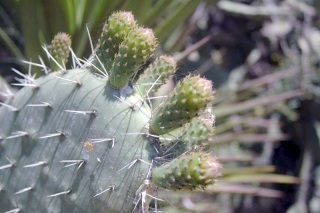
The olive tree and its long history of rootedness in the region is a primary symbol of sumud for Palestinians.
Raja Shehadeh, Poet, lawyer and activist wrote in 1992: “Sometimes, when I am walking in the hills unselfconsciously enjoying the touch of the hard land under my feet, the smell of thyme and the hills and trees around me, I find myself looking at an olive tree, and as I am looking at it, it transforms itself before my eyes into a symbol of the samidin, of our struggle, of loss. And at that very moment I am robbed of the tree; instead there is a hollow space into which anger and pain flow.”
Izzeldin Abulaish: Shall Not Hate: A Gaza Doctor’s Journey:
“Getting back to my crossing of the Erez border into Israel, I would see many signs of a past that can seemingly never be recaptured. Old stone huts and storage barns from Palestinian farms stand abandoned in the fields in nearby southern Israel like markers of a bygone era; gaping holes where windows used to be jammed with encroaching weeds, the hearths inside empty, cold. These are the inanimate reminders of the old Palestine, the living ones spring from the ground in the form of the sabra plant. It’s cactus like succulent that has been used for thousands of years as a hedge to mark the borders of Palestinian farmlands. The prickly exterior hide’s sweet fruit, the rubbery leaves are beautiful in their way, each one unique, with protrusions like stubby toes. For sixty years the land has been bulldozed, reassigned and developed as if to scrub out any vestige of the Palestinians who lived, worked and thrived here.

“But the enduring sabra plant remains like an invincible sentry, silently sending the message ‘We were here, and there, and down by the river and over near those woods and across that field. This land is where we were.
“Coincidentally, the plant’s name in the Arabic language means ‘patience and tenacity.’’ Like the roots of the stubborn sabra that have defied the shove of deportation, the people of Gaza have tried to dig in and seek survival.”